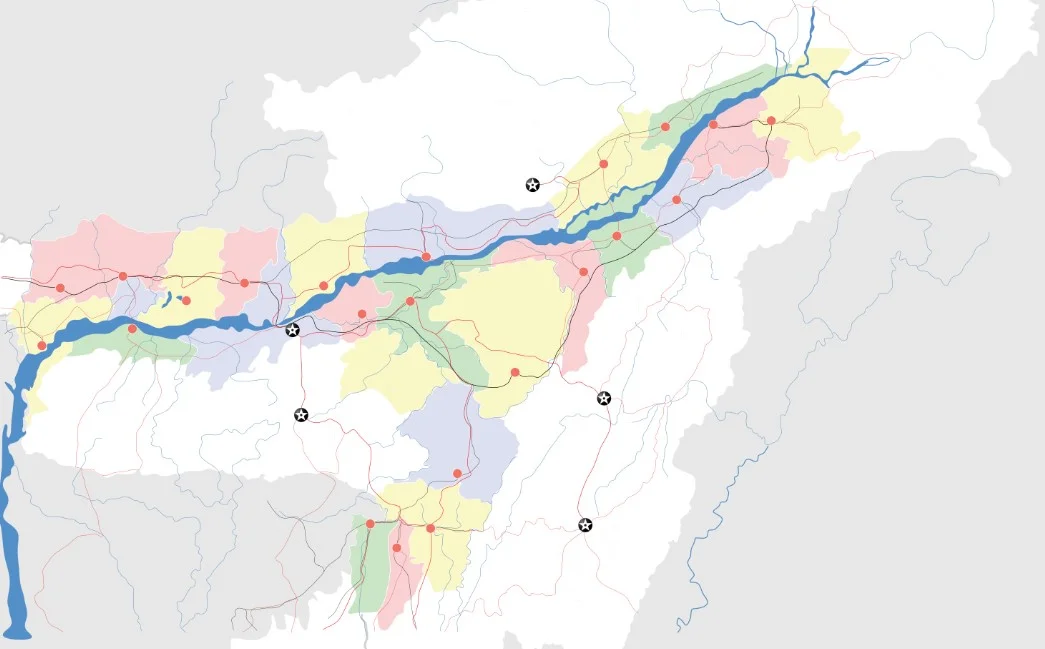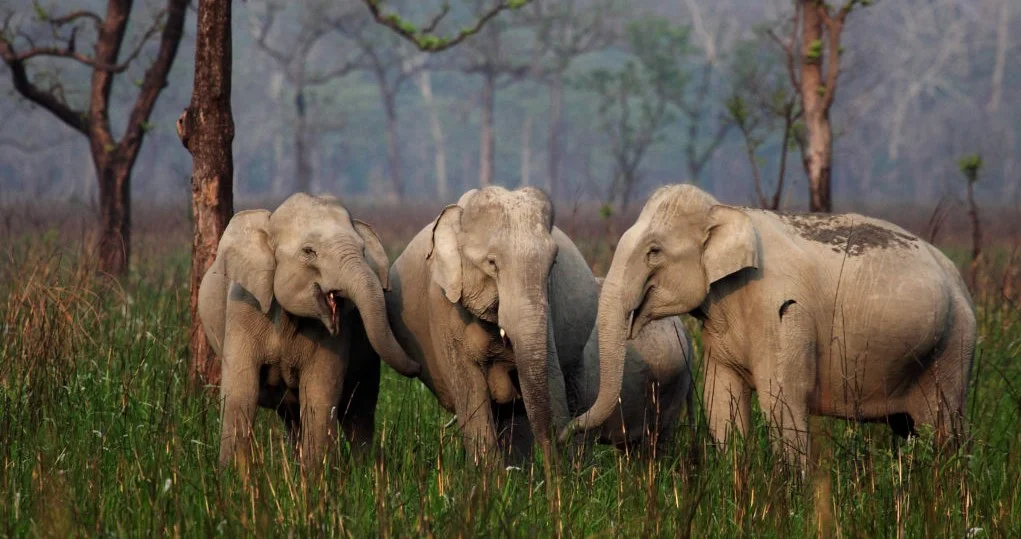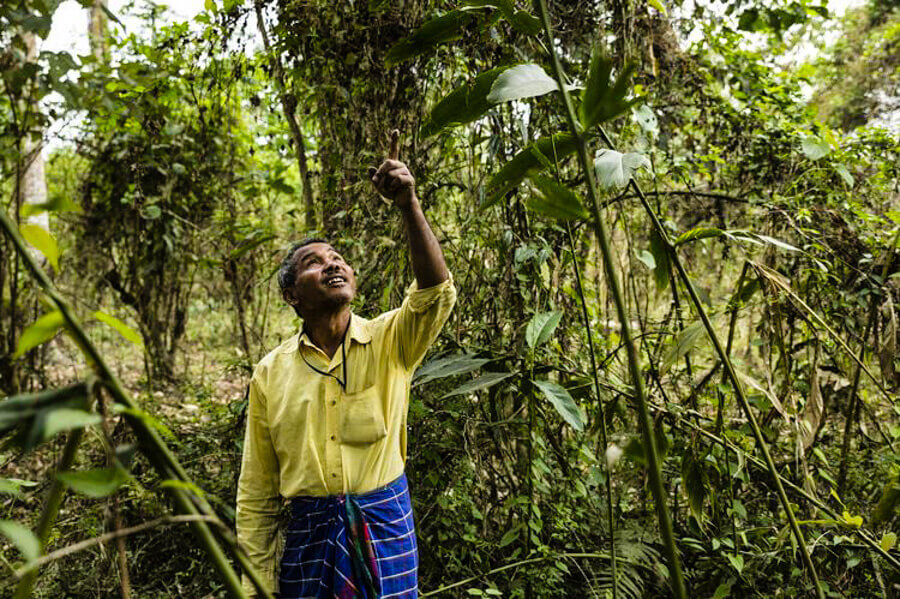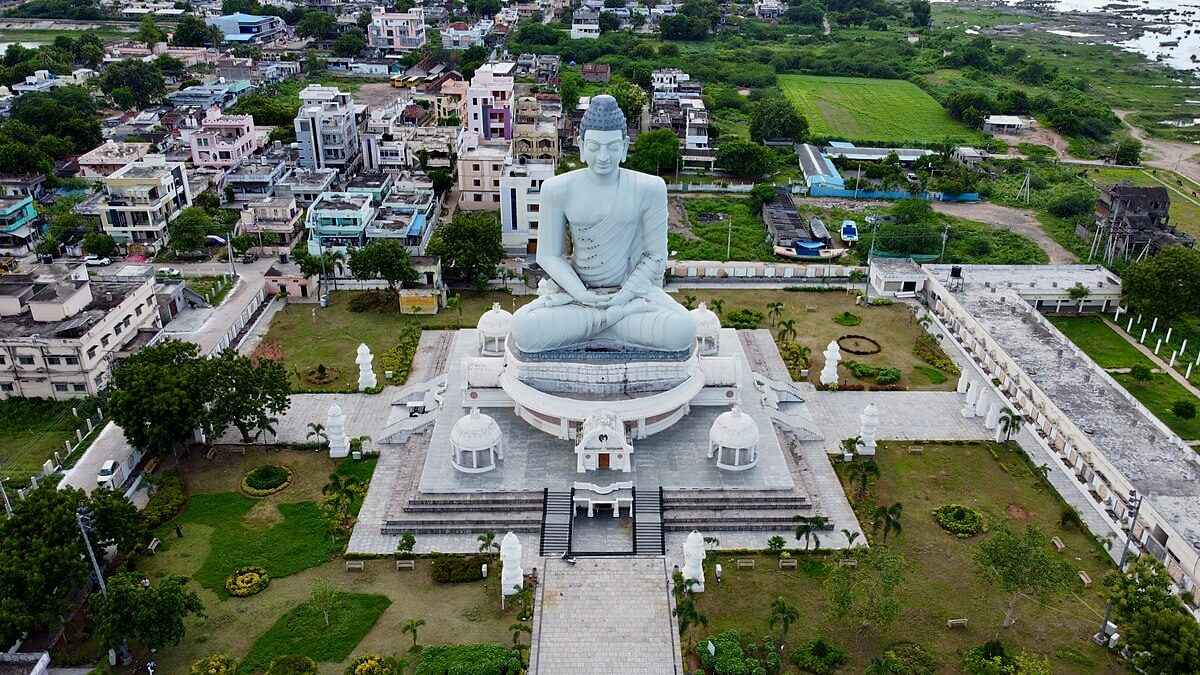The International Thermonuclear Experimental Reactor (ITER) is a pioneering global project designed to harness the power of fusion energy. Recently, Indian Prime Minister Narendra Modi visited the ITER facility in France, alongside French President Emmanuel Macron. Their visit highlighted the project’s significant progress, particularly in assembling the world’s largest tokamak. This initiative plays a vital role in demonstrating the feasibility of fusion energy as a sustainable and carbon-free power source.
Understanding International Thermonuclear Experimental Reactor
ITER represents an international collaboration aimed at constructing the most advanced magnetic fusion device ever built. It seeks to establish fusion as a viable large-scale energy solution, based on the same nuclear processes that power the Sun. Since its launch in 1985, thousands of scientists and engineers have contributed to its innovative design and development.
What is a Tokamak?
A tokamak is a specialized device that confines plasma using powerful magnetic fields. Within this system:
- The fusion of atomic nuclei generates enormous amounts of energy.
- The device’s walls absorb heat, which can then be converted into electricity, similar to conventional power plants.
- ITER’s tokamak is expected to achieve deuterium-tritium fusion reactions by 2039.
Why is ITER Important?
The potential of fusion energy is immense:
- It can generate vast amounts of clean energy from minimal raw materials like deuterium and tritium.
- Fusion produces zero greenhouse gas emissions, addressing climate change concerns.
- Success in ITER could pave the way for practical commercial fusion power plants.
How Will ITER Function?
The project is designed to demonstrate the concept of burning plasmas, where the heat generated from fusion sustains the plasma’s temperature. Additionally, ITER will test cutting-edge technologies necessary for future fusion reactors, including tritium breeding and other advanced energy conversion techniques.
Global Cooperation in ITER
The project is a remarkable example of international scientific collaboration, involving 33 nations. The seven principal members include:
- China
- European Union
- India
- Japan
- South Korea
- Russia
- United States
These nations have worked together for decades, contributing to the development and operational planning of ITER, with the ultimate goal of bringing fusion technology to commercial viability.
India’s Contribution to ITER
India has played a significant role in the ITER project for over two decades. Key contributions include:
- Participation of around 200 Indian scientists in ITER’s research and development.
- Major Indian companies like L&T and TCS have been instrumental in providing essential components and expertise.
- Narendra Modi’s visit marked a historic first, as he became the first Head of State to tour the ITER facility, reaffirming India’s commitment to fusion research.
As ITER progresses, it remains a beacon of hope for a clean, sustainable, and limitless energy future through fusion power.












